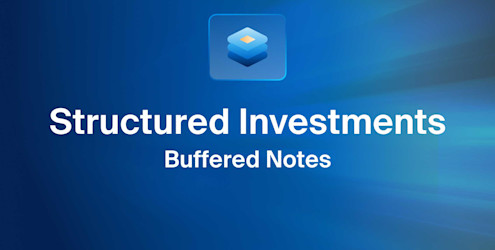What Is an Interval Fund?
An interval fund is an alternative investment vehicle legally classified as a closed-end fund and regulated under the Investment Company Act of 1940, as well as the Securities Act of 1933 and the Securities Exchange Act of 1934.1 Interval funds are generally illiquid investment products that periodically offer opportunities for limited liquidity by repurchasing a stated portion of its shares from shareholders.
Interval funds differ from typical closed-end funds in several ways. Like open-end funds, they may continuously or periodically offer new shares, but, as their name implies, they redeem only a limited number of shares periodically throughout the year in predetermined intervals of usually three, six, or 12 months.2
Interval funds offer repurchases, which depending upon the fund could be between 5% and 25% of fund assets.3 They are usually not traded on an exchange, and shareholders generally submit repurchase requests to sell a portion of their shares back to the fund.
Interval funds’ limited redemption windows allow them to invest in illiquid or less liquid assets for which no secondary market is readily available. They can hold up to 95% of their portfolio in illiquid assets, as opposed to only 15% for open-end funds.4 In addition, interval fund portfolio managers may have greater latitude in developing and maintaining complex or long-term investment strategies without concerns about meeting the needs of daily redemptions.
Fund managers can distribute interval funds directly or sell them through financial intermediaries and broker-dealers. If an interval fund registers its shares under the Securities Act of 1933, it can offer them broadly; without registration, the fund can offer shares only to accredited investors.5
Some interval funds offer lower investment minimums relative to other private market commitments.6
| Private Placement | BDC | Interval Fund | Tender Fund | Non-Traded REIT | 1031 Exchange | |
|---|---|---|---|---|---|---|
| Liquidity | Illiquid / Very Limited | Quarterly | Quarterly | Quarterly to Annually | Monthly to Quarterly | Illiquid |
| Reporting | K-1 | 1099 | 1099 | K-1 / 1099 | 1099 | K-1 |
| Investor Levels | Accredited to Qualified Purchaser | Broad | Broad | Accredited to Qualified Purchaser | Broad | Accredited |
| Minimum Investment | Moderate to High | Lower | Lower | Moderate | Lower | High |
| Asset Classes | PE, Private Debt, Real Assets | Private Debt | Infrastructure, Private Equity, Private Debt | PE, Private Debt, Real Assets, Hedge Funds | Real Estate | Real Estate |
What Investments Make Up an Interval Fund?
Interval funds may give investors a way to access—albeit indirectly—assets historically available only to institutional and accredited investors. These funds often hold highly illiquid, potentially higher-yielding assets such as private real estate, private equity, private debt, derivatives, infrastructure, or hedge funds, though most focus on a specific strategy.7
Because interval funds invest typically in illiquid assets, they limit redemptions to protect the fund’s strategy and remaining investors. To further manage risk, these funds cannot use leverage exceeding 33% of their gross asset value.8 The portfolio’s illiquidity may also affect the market price of those investments, potentially impacting the fund’s net asset value (NAV) and its ability to pay dividends. In addition to liquidity risk, investors incur risks tied to the particular investment strategies the fund’s managers pursue.
How Do Interval Funds Work?
As noted, interval fund investors generally aren’t publicly listed. Instead, the funds offer a limited percentage of their outstanding shares at NAV at set periods, usually on a quarterly, semiannual, or annual basis.9
The repurchase offer deadline will fall between 21 and 42 days from the date of the notice establishing the redemption period.10 Shareholders can typically submit or modify their repurchase requests any time before the deadline, but not after. If shareholders miss the redemption deadline, they will have to wait until the next redemption period to sell their shares. In addition, depending on how many outstanding shares the fund makes available and the volume of redemption requests, investors may only have part of their request fulfilled. Conversely, shareholders are under no obligation to sell any of their shares during any redemption period.
What Are the Costs and Risks Associated With Interval Funds?
Because of their active management and illiquid asset structure, interval funds may provide opportunities for higher returns than other fund types. However, the associated costs and fees can impact net performance.11,12 Interval funds’ management fees and expenses tend to be significantly higher than those of open-end funds.13 Additionally, interval funds can charge a “repurchase fee” from the sale proceeds to cover repurchase expenses. This fee cannot exceed 2% of the repurchase proceeds.14 Unless an interval fund limits its investor base to qualified investors, it typically does not charge incentive fees like other private funds.
Advisors may want to distinguish between a fund's distribution rate and its actual returns when evaluating interval fund costs. In some cases, a fund’s distribution rate includes a return of principal, which differs from income or capital gains.15
Interval funds may be subject to the same risks associated with their underlying investments, such as volatility, business risk, credit risk, interest rate risk, and others.





